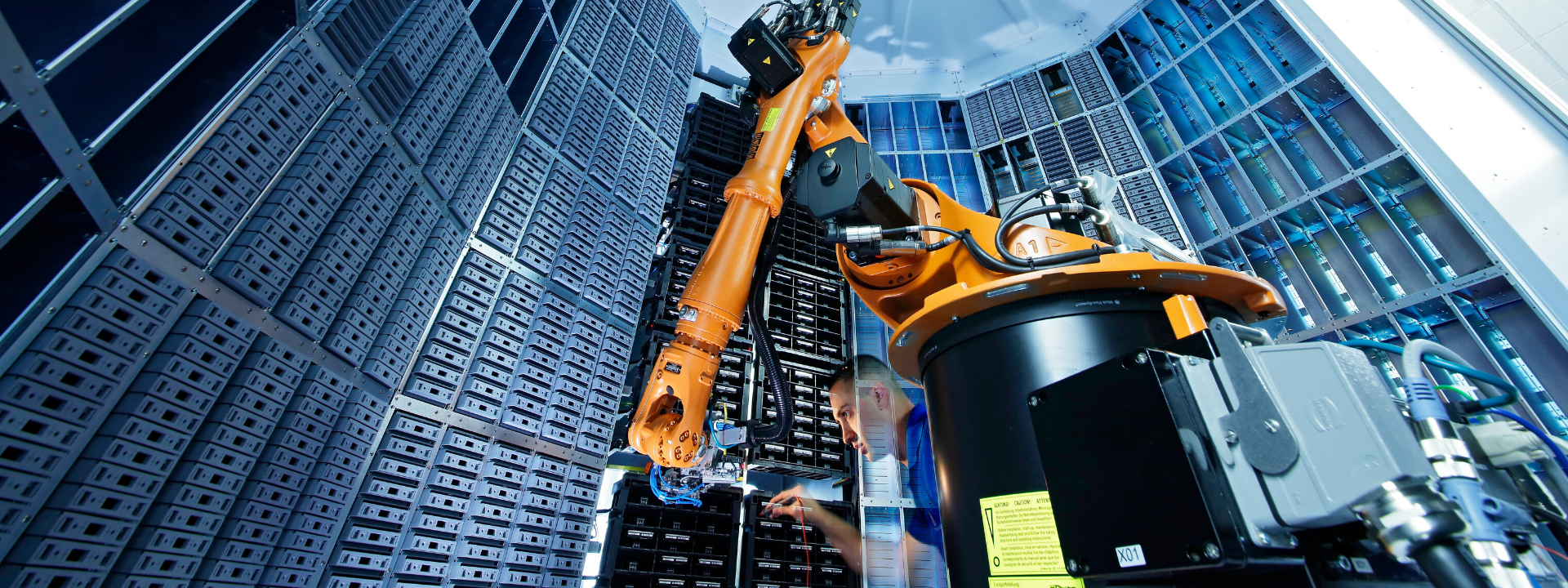TÜV Rheinland Whitepaper zur Robotersicherheit
Den Überblick über alle Normen und regulatorischen Anforderungen für verschiedene globale Märkte zu behalten, kann in jeder Branche eine Herausforderung darstellen - insbesondere aber in der Robotik. Je nach Robotertyp, Einsatzbereich oder Anwendung ist die Einhaltung nicht immer einfach. Kompakt und informativ haben wir Ihnen die wichtigsten Informationen in unseren Whitepapern zusammengestellt.
Bitte beachten Sie, dass die Whitepaper nur in English verfügbar sind.
Bitte beachten Sie, dass die Whitepaper nur in English verfügbar sind.
| 1. | Understanding Compliance Requirements for Industrial Robots |
Industrial robots are perhaps the most common type of robot, due to their long history of use and relative simplicity compared to other robot types. Invented in the late 1930s and introduced to the marketplace in the 1960s, close to three million robots have been deployed throughout the world.
|
Auswählen | |
| 2. | Adhering to Safety Standards for Industrial Robotic Cells | For some time, robots have played an integral role in manufacturing, performing repetitive — and often dangerous tasks — that humans would rather avoid. In some circumstances, the robots were literally set off from their human colleagues, toiling away behind a large fence to keep workers safe from any mishaps. | Auswählen | |
| 3. | ISO 3691-4. A Standard for Automatic Guided Vehicles | In recent years, the optimization of time and resources has become indispensable in the manufacturing industry. Nowadays, the usage of the driverless industrial trucks AGV and the smallest AGC become more prominent with the implementation of methodologies with Kanban cards or POLCA and other methodologies. | Auswählen | |
| 4. | A Kinder, Gentler Collaborative Robot | An integral part of the workforce, industrial robots are transforming factories and manufacturing plants around the globe. These robots are taking on a wide range of tasks, from the monotonous, to the hazardous to the intricate, in support of their human counterparts. | Auswählen | |
| 5. | Robots Personal Care Robots | Robots are nothing new on the factory floor, handling the repetitive and precise tasks that wear down their human counterparts. But these new robots – referred to as personal care robots – are an entirely different type of robot. | Auswählen | |
| 6. | Robots UL 1740: A Guide to Key Updates | The 4th Edition of UL 1740 is an important leap forward in requirements aligning it with globally published robotics standards. By harmonizing requirements worldwide and with other UL Standards, robots can be global rather than regional in design and integration, saving manufacturers, integrators and users time and expense as well as providing maximum flexibility in equipment manufacturing and deployment. | Auswählen | |


